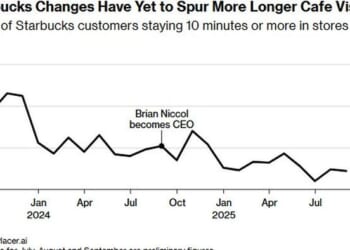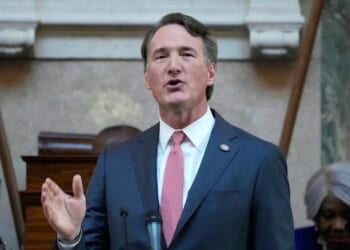The pool of speculative fervor will be drained, as impossible as that seems in this moment in history.
2025 may go down as The Year When Everything Happened in No Particular Order, tracking William Gibson’s famous line that “The future is already here, it’s just not very evenly distributed.”
Those expecting inflation will find it, those expecting deflation will find it, those expecting a stock rally will get a rally, those expecting a crash will get a crash, and so on.
The forces that drove reliable trends have all weakened or reversed:
1. ever-lower interest rates lowered the cost of credit/capital to near-zero.
2. the deflationary forces of globalization: everything got cheaper and disposable.
3. expanding workforces increased income and consumption.
4. credit/asset bubbles created wealth without productivity improvements or sacrifice.
5. energy supply kept up with rising consumption.
6. the external costs of the “waste is growth” Landfill Economy (pollution, depletion, etc.) were ignored / not priced in.
These titanic forces still have the momentum of recency bias: most people expect the rest of the 2020s to be an extension of the 40+year Bull Market in Everything.
Feedback (doing more of what’s failed) and buffers (print more money and everything will be fixed) are working to maintain the status quo sand castles as the tide rises.
Those castles closest to the sea will dissolve first (the periphery I often refer to). Those with resources will be shoveling sand to build walls around their castles.
But the tide is relentless and so we’re in a period of flux where those benefiting from the status quo are fighting the erosion of all the forces that enabled the status quo to reach such heights.
As they lose ground, they redouble their policy efforts, pushing policies to new extremes–extremes which further destabilize the system.
The global economy is a complex self-organizing adaptive system, and so blunt-force policies intended to protect the status quo stability end up generating unintended consequences which have their own consequences (the second-order effects I often mention).
Those trying to control the system find their control is imperfect.
Long cycles are now in play. Interest rates fell for 40 years–the longest such run in recent history. Now interest rates will rise for some period of time, likely culminating in a financial crisis with no easy resolution, because printing money–the solution for the past 40 years–will be the problem, not the solution.
Demographics are also in play. Workforces are shrinking, retirees living off the earnings of the workforce are soaring.
The world desires ever greater quantities of energy and consumption, but the cheap, easy to exploit materials have already been exploited. Now everything will become more expensive, regardless of technological improvements.
Physical, chemical and cost limits will matter.
Whatever we seek, we can find–but that may prove ephemeral.
Everyone’s on the lookout for Black Swans, but that’s not the way Black Swans work.












